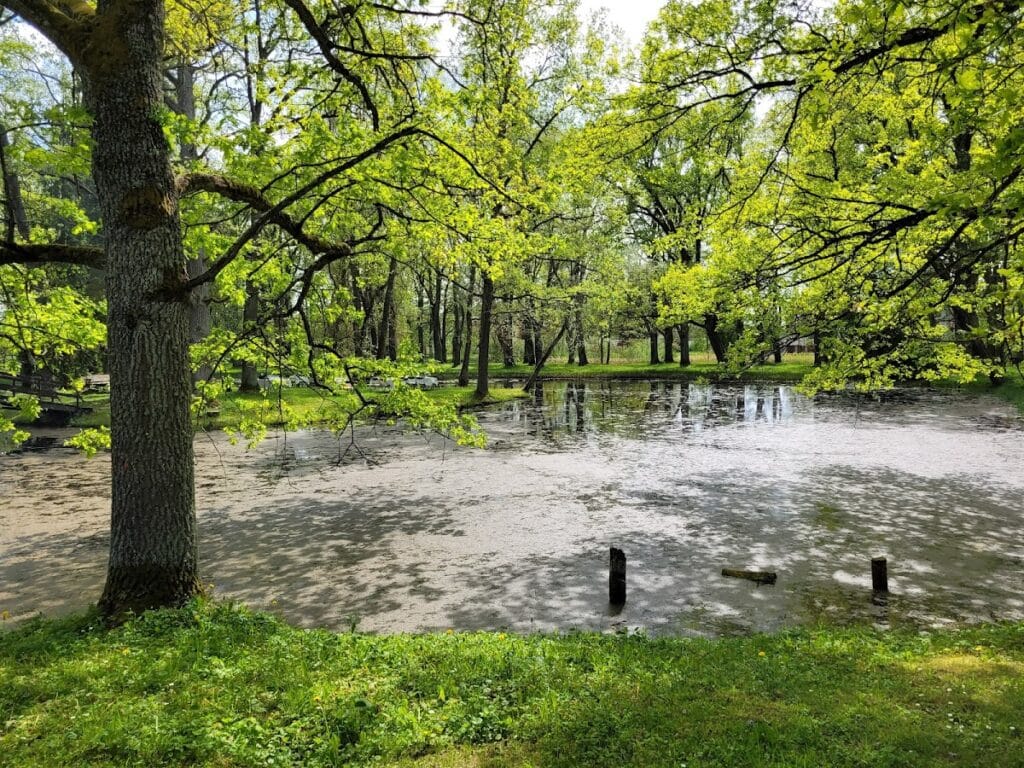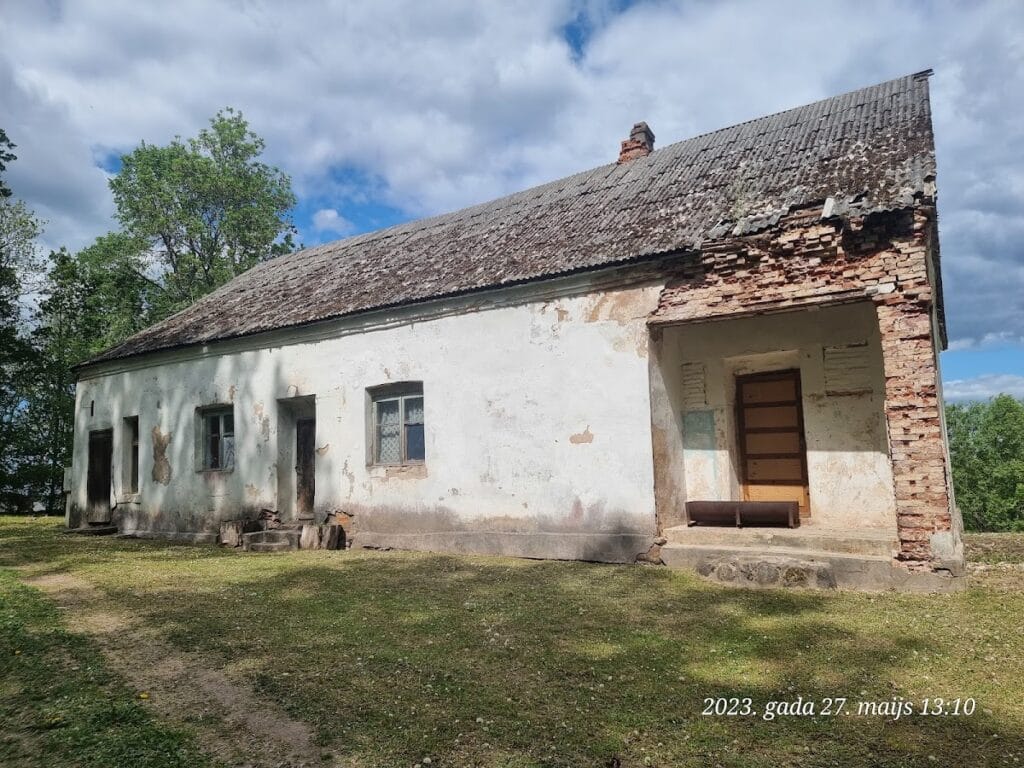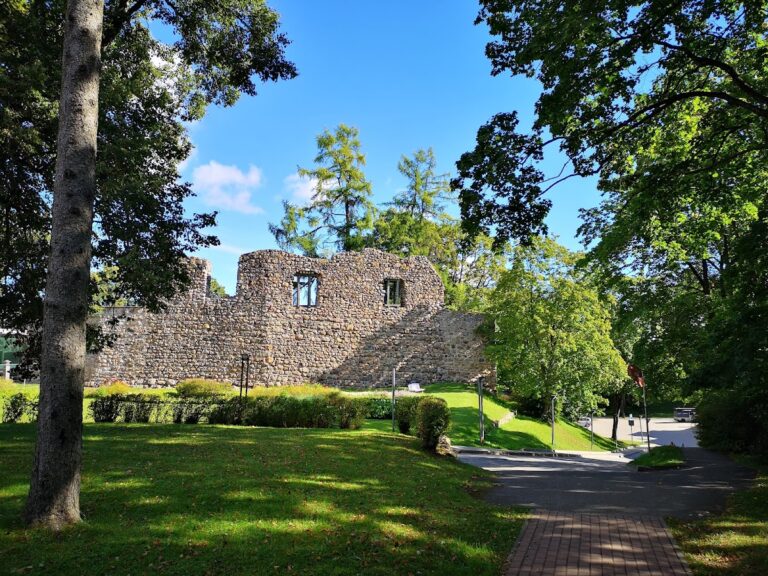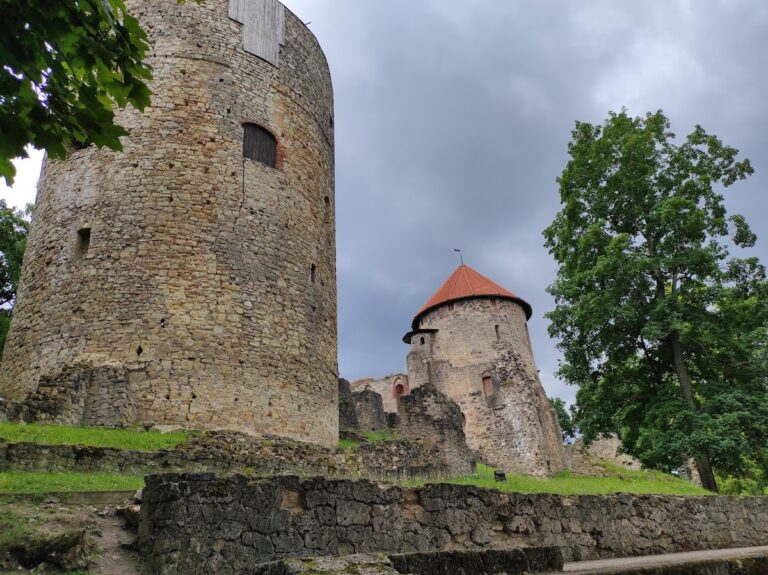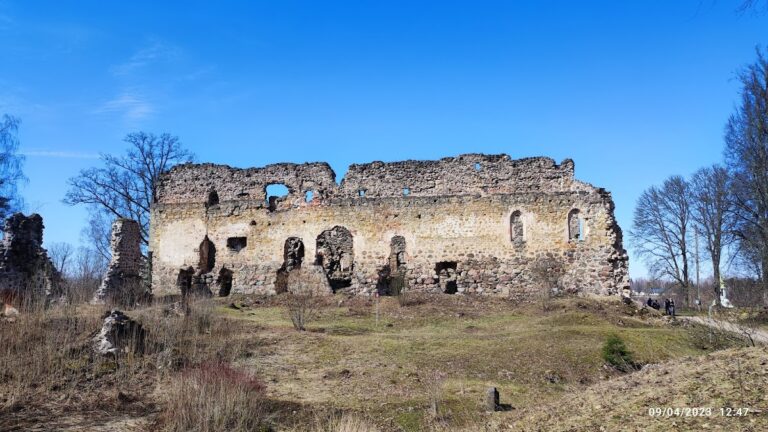Burtnieki Castle: A Historic Livonian Stronghold in Latvia
Visitor Information
Google Rating: 4.5
Popularity: Low
Google Maps: View on Google Maps
Official Website: www.visit.valmiera.lv
Country: Latvia
Civilization: Medieval European
Remains: Military
History
Burtnieki Castle is located in Burtnieku pagasts within Valmieras novads, Latvia. It was built by the Livonian Order in the late 13th or early 14th century, with construction initiated around 1284 by Order Master Wilhelm von Schauerburg. The castle functioned mainly as an economic and storage stronghold, administered from the nearby Cēsis (Võnnu) commandery.
Situated near the intersection of the historical Latvian region Tālava, the Livonian Metsepole, and the Estonian territory of Sakala, Burtnieki Castle occupied a strategic position during the tumultuous era of the Northern Crusades. Throughout the 14th to 16th centuries, it was frequently contested between the Livonian Order and the Archbishopric of Riga. Disputes over its control were officially recorded, notably in 1366, reflecting the complicated power relations within Livonia.
The Livonian War (1558–1583) brought considerable upheaval to the castle. Russian forces burned it in 1560, shortly before the Polish-Lithuanian Commonwealth occupied it in 1562. Over the following decades, Swedish and Russian armies fought over the fortress, signaling its ongoing military importance. In 1582, control was handed to the Bishopric of Wenden, marking a new phase of ecclesiastical ownership.
During the 17th century, the castle saw action in the Polish-Swedish conflicts. Swedish troops captured and set fire to the stronghold, after which the estate became crown property under Swedish rule. It subsequently passed into the hands of prominent individuals such as Chancellor Axel Oxenstierna. Later, ownership transferred to Russian nobles, including Counts Löwenwolde and Rumyantsev.
In the 19th century, Theodor Heinrich Schröder bought the estate in 1816. The Schröder family maintained possession until the agrarian reforms of 1920. By the 20th century, the castle had fallen into ruin. In 1969, Soviet-era demolitions removed significant portions of the remaining walls without archaeological study, reducing the site’s historical fabric.
Remains
Burtnieki Castle was originally built on a hill standing about 16 meters above the southern shore of Lake Burtnieks. The fortress covered roughly 6,900 square meters and featured a largely rectangular layout. Notably, its northern and eastern walls curved strongly, combining elements of a curtain wall — known as a mantelring, a medieval defensive enclosure — with the characteristics of an advanced laager-type fortress, a design inspired by encampments surrounded by protective barriers.
The curtain wall, crafted from large fieldstones, was initially 2.2 meters thick and reached surviving heights between 2.5 and 4 meters. Defensive structures included a moat roughly seven meters wide and 1.5 meters deep along the southern and eastern edges, while the western and southwestern sides near the main entrance featured interconnected ponds linked to Lake Burtnieks, enhancing protection with natural water barriers.
The castle’s primary gateway stood at the southwestern corner, marked by a massive gate tower and an advanced foregate. This configuration resembled a small tower castle, with several towers clustered to safeguard the entryway. The western wing was originally the only stone-built part of the interior, housing a small military garrison and grain storage. The rest of the buildings within the walls were constructed from wood or half-timbered techniques, reflecting the economic rather than purely military function of the castle.
A 17th-century plan reveals five distinct building blocks scattered inside the enclosure, none of which survive today. The western wing was the most substantial, rising three stories tall and measuring 35.5 meters by 12 meters. Its walls were 2.1 meters thick on the outside and 1.5 meters on the inside. In the 18th century, this wing underwent reconstruction, and designs for bastions were drawn up although these fortifications were never realized.
During the 19th century, Theodor Heinrich Schröder rebuilt the northern wing on the remains of the older cellar structures. Meanwhile, the gate tower ruins were demolished sometime in the mid-1800s. At present, only about 100 meters of the eastern curtain wall remain, unprotected and gradually deteriorating. Parts of the moat system are still visible, though the castle grounds have largely been altered, with Soviet-era administrative buildings now occupying significant portions of the original site.
Despite these changes, Burtnieki Castle is recognized as a protected cultural monument under national heritage laws. However, no informational signage exists on location to interpret the surviving ruins. The visible remains provide insight into the castle’s layered history, combining military, economic, and administrative roles over several centuries.


